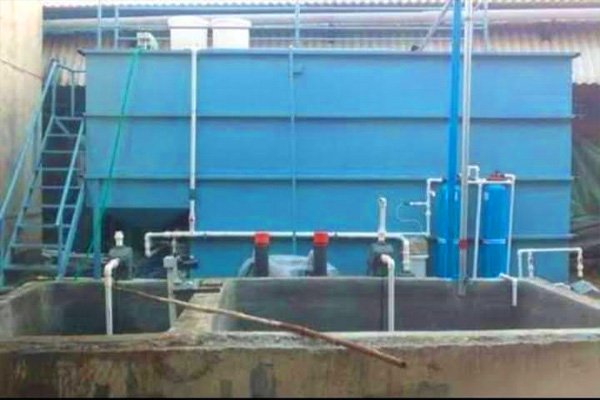STP Design and Installation: Best Practices for Municipal Water Treatment

Sewage Treatment Plants (STP) are critical infrastructure for municipalities and commercial establishments. This guide covers essential design principles and best practices for successful STP implementation.
Design Considerations
Effective STP design requires careful consideration of multiple factors including influent characteristics, discharge standards, available space, and future expansion needs.
Key Design Parameters
| Parameter | Typical Range | Design Consideration |
|---|---|---|
| BOD Loading | 0.2-0.4 kg/m³/day | Organic load capacity |
| HRT | 6-24 hours | Treatment efficiency |
| MLSS | 2000-4000 mg/L | Biomass concentration |
Treatment Technologies
Modern STP systems employ various technologies depending on treatment requirements and local conditions:
Activated Sludge Process (ASP)
The most common biological treatment method using aeration tanks and clarifiers for effective BOD and nutrient removal.
Membrane Bioreactor (MBR)
Advanced technology combining biological treatment with membrane filtration for superior effluent quality.
Sequential Batch Reactor (SBR)
Time-based treatment process offering operational flexibility and excellent performance.
Installation Best Practices
Pre-Installation
- • Detailed site survey and soil analysis
- • Proper foundation design and construction
- • Utility connections planning
- • Environmental impact assessment
During Installation
- • Quality control at each stage
- • Proper equipment alignment
- • Electrical and control system integration
- • Safety protocol adherence
Optimization Strategies
Regular monitoring and optimization ensure optimal STP performance and cost-effectiveness throughout the system lifecycle.
Conclusion
Successful STP design and installation require expertise, proper planning, and adherence to best practices. Our team at Amrita Water Solutions brings decades of experience in delivering efficient and reliable sewage treatment solutions.